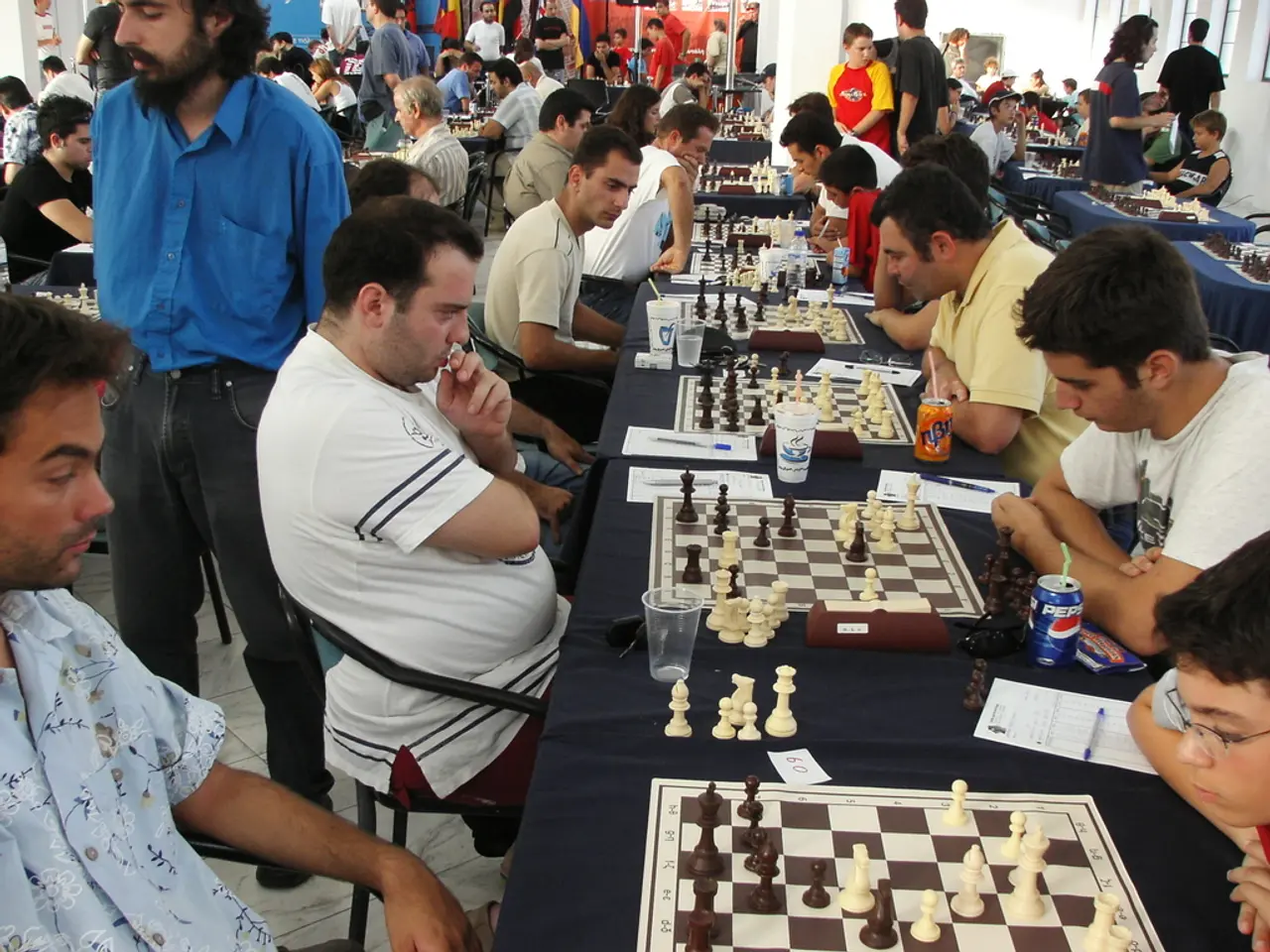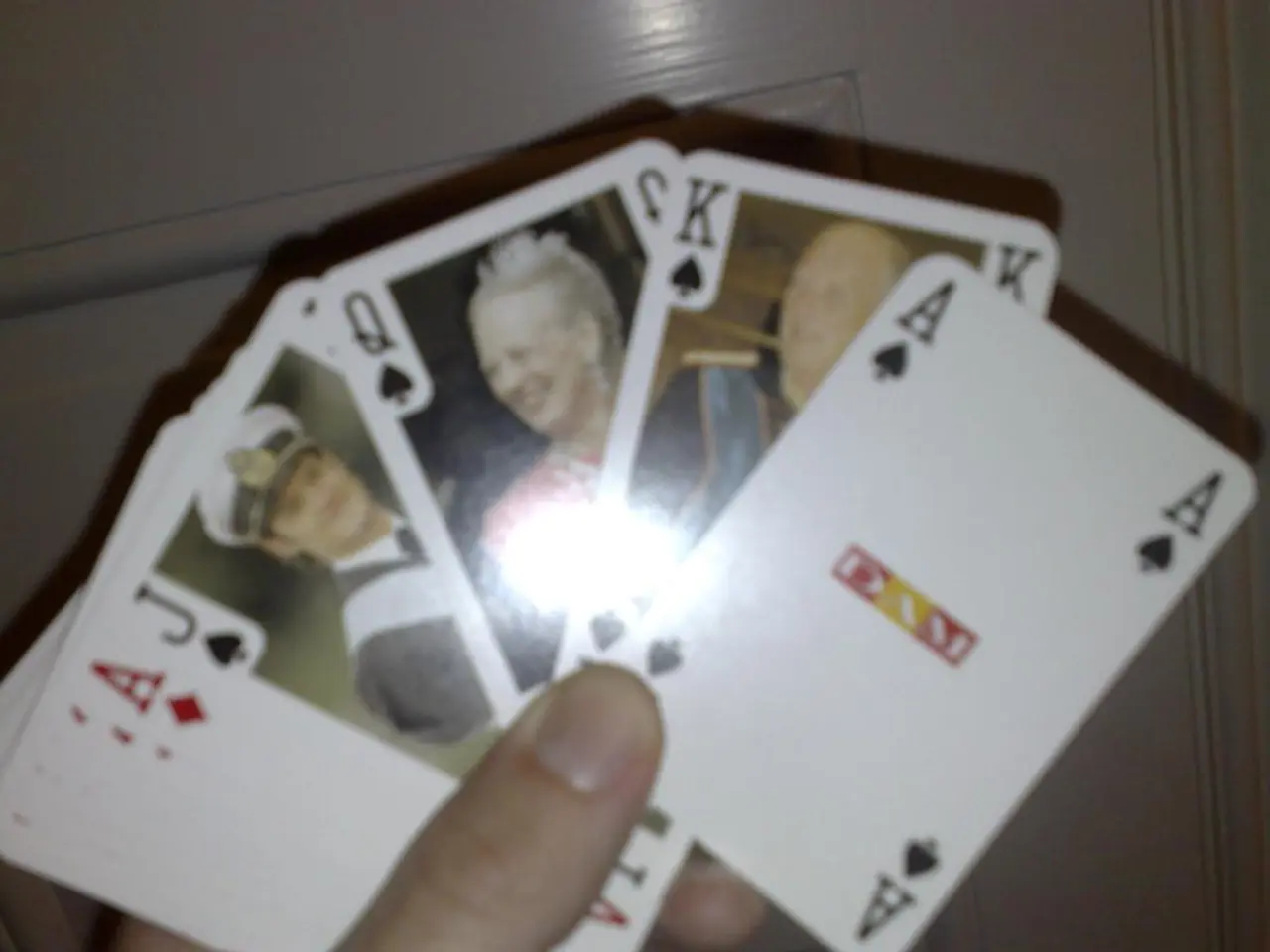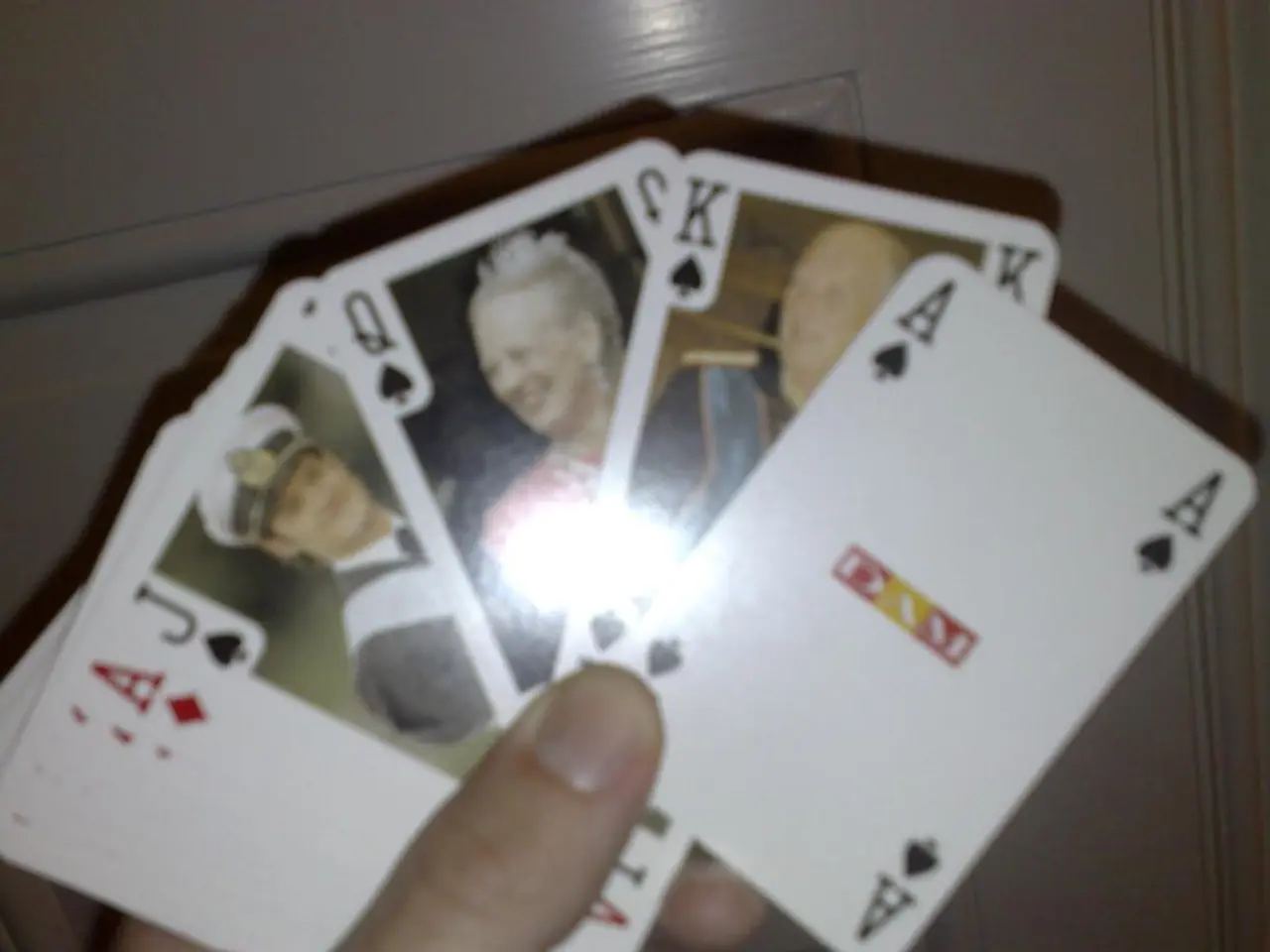Guide to Rolling Dice: Understanding Street Craps
In the bustling streets of urban America, a simplified version of the popular casino game Craps has been thriving for decades - Street Craps, also known as Floating Craps. This game, born out of necessity during a time when formal gambling was restricted or expensive, has become a staple in many communities.
Origins of Street Craps can be traced back to the 18th century, when the game of Craps evolved from an older English game called Hazard. As gambling became illegal in the early 20th century, Street Craps, or the Floating Crap Game, emerged as a more accessible, informal alternative. It was often played on the streets, in alleyways, or other informal settings, hence the "floating" moniker.
The rules of Street Craps are straightforward. Players use two dice and bet on the outcome of their roll or a series of rolls. The shooter, the player rolling the dice, makes a "come-out" roll. If they roll a 7 or 11, it's an immediate win, known as a "natural." A roll of 2, 3, or 12 is a loss, or "craps." Any other number (4, 5, 6, 8, 9, 10) establishes a "point." After a point is established, the shooter continues to roll until either the point number or a 7 is rolled.
If the point number is rolled again before a 7, the shooter wins. If a 7 is rolled before the point, the shooter loses. Players bet on the shooter's success or failure, with the shooter banking the game and "fading" or "covering" all bets made for or against their roll.
One key difference between Street Craps and its casino counterpart is the lack of a formalized rule set and protections. As such, it's crucial for players to be aware of loaded dice, as there's no government organization to ensure fair play.
Street Craps is often played without a table layout, with all action taking place on the ground, often against a wall. In some cases, a Banker runs the game, allowing the shooter to focus solely on their roll and bets.
The Tropicana Casino in Las Vegas once ran a promotion as "The Home of the Original Floating Crap Game," featuring a floating Craps table in their pool. However, the casino's recent closure and plans to demolish it to make way for a baseball stadium mark a significant shift in the landscape of gambling in Las Vegas.
Despite its illegal status in many jurisdictions, Street Craps continues to thrive in the shadows, a testament to the enduring allure of the dice game. It's a game of chance, a gamble, and a roll of the dice - truly a crap-shoot in every sense of the phrase.
In a blog about urban American culture, one could discuss the parallel between the informal Street Craps game, played casually on streets and alleys, and the more formal casino-style Craps games, pointing out the latter's version being replicated at casinos like the Tropicana, where they once ran a promotion called "The Home of the Original Floating Crap Game." Furthermore, this blog could underline the distinction between the two gaming environments, explaining that while the casino version of Craps is regulated for fair play, Street Craps operates without such guarantees, making it more of a casino-games experience, but with an element of risk and uncertainty due to potential use of loaded dice.




